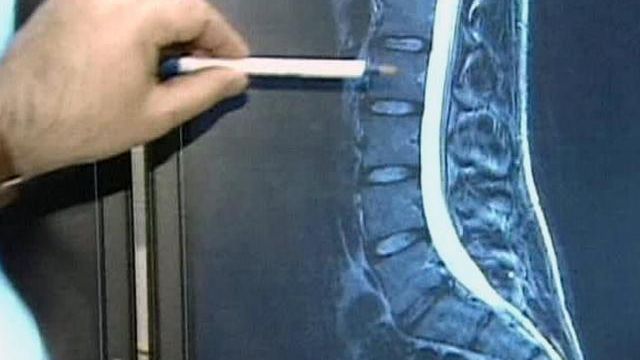Health Team
Fees for Neck, Back Treatment Go Up But Patients Aren't Getting Better
A new study shows that although fees for treating neck and back pain are skyrocketing, patients aren't necessarily feeling better.
Posted — UpdatedBruce Wilson loves to restore old cars, but persistent back pain usually keeps him away. He has a ruptured disc in his back and degenerative joint disease.
"I just can't sit, stand or walk for any kind of extended period of time," Wilson said.
After five surgeries and $270,000 in medical bills, Wilson can no longer work, and he's still in pain.
"We're spending a lot more money, as a society, on treatment and diagnosis of back problems, but we're not getting clear cut results from it," said University of Washington researcher Brook Martin.
National health-care surveys from 1997 to 2005 show costs for treating spine problems increased about 65 percent – to $85.9 billion.
Adults reporting limitations in physical function also increased from 21 percent in 1997 to 25 percent in 2005.
The findings appear in the Journal of the American Medical Association.
Researchers say it's important to remember the latest technology does not always guarantee a fix.
"We need to look more carefully at newer technologies and newer procedures that cost more and see if they really make a meaningful difference for patients," said orthopaedic surgeon Dr. Sohail Mrza.
Outpatient visits and expensive prescription drugs contributed to the increased costs but without matching results.
"I used to be able to do so much," said Wilson, who did not have the outcome he expected.
That's not the case for everyone. But researchers hope the findings will prompt patients to ask more questions so they can make the most informed decisions possible.
• Credits
Copyright 2024 by Capitol Broadcasting Company. All rights reserved. This material may not be published, broadcast, rewritten or redistributed.





